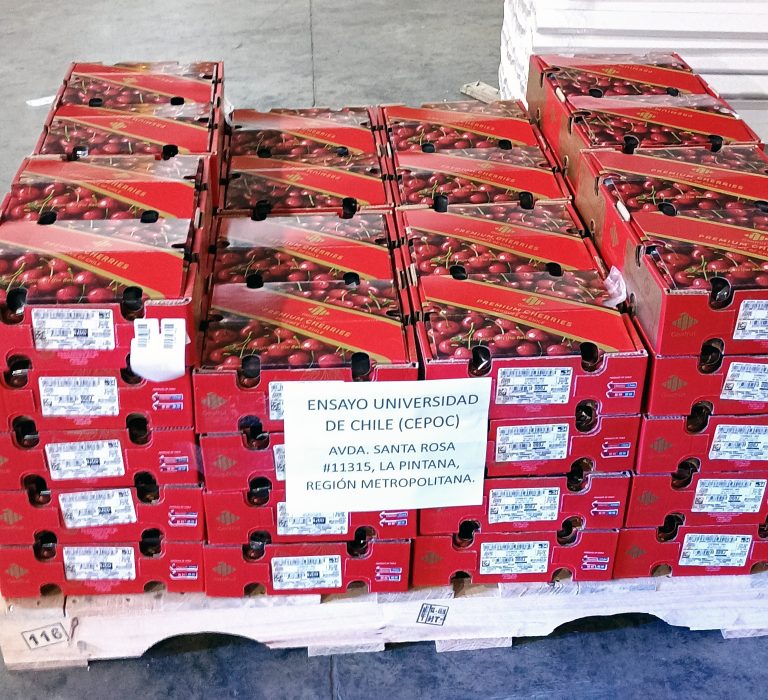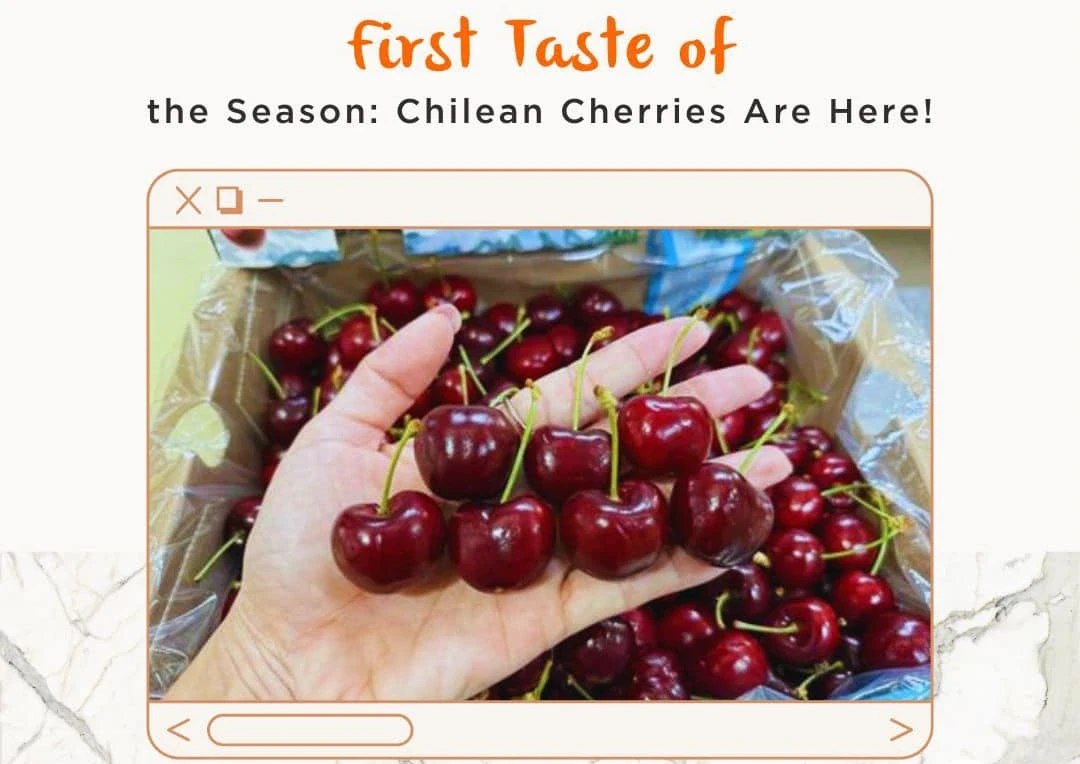Claudio Vial, agricultural engineer, master's degree in industrial engineering from the Pontifical Catholic University of Chile, and general manager of cherry exporter Ranco Cherries, conducted an analysis of cherry exports in the southern hemisphere, the evolution of Chilean cherry exports, analysis of planted area, orchard renewal rate, production area, three-year production projections, among other topics.
Regarding the projections for the 2024-2025 season, it provides information on the significant increase in Chilean cherry production (+37%), to reach approximately 130 million tons by 2027. There is an increase in early fruit volume, with peaks in weeks 50-51, thanks to variety overlap and higher productivity of Lapins.
Chile is currently the main player in cherry exports and has seen the greatest growth in the last four years, nearly doubling volume from 2019 to 2023, going from a 95% share in 2019-2020 to 97% in 2023-2024 and representing 99% of cherries imported by China.
“Southern hemisphere cherries are us. However, there is something I would like to emphasize, if we analyze Chilean exports to the United States in the last 22 years, we can see that in the 22-23 season we reached 18,000 tons exported to this country, which is less than what we exported 15 years ago or 12 years ago. Although China is the main market, the United States is the second market with the greatest potential for Chilean cherries," says Claudio Vial.
Regarding fresh cherry exports from other producing countries and their movement, Vial states that Argentina had a good year last year. South Africa is growing but with difficulty, Australia is maintaining a certain decline. In New Zealand, the data is not good, but there is still a long way to go.
Regarding Europe, it is still a stagnant market, while Latin America has recorded some growth in recent years, with Brazil, Ecuador, and the rest of the neighboring countries.
Regarding the projection for the 2024-2025 campaign made by Vial, the production peak will be in week 50 with 118,000 tons equivalent to 6,450 containers. “In addition to this week 51 with 11,300 containers. In this scenario of greater concentration, the peak rises to 135,000 tons equivalent to 7,360 containers. Therefore, the 50th and 51st weeks would reach 12,900 containers”.
74,000 planted hectares
According to the registry of the Center for Natural Resources Information, Ciren, there are 63,000 hectares. The fruit registry is conducted every three years and collects information on regional fruit surface area by variety at the regional and provincial levels, which means that the information is not updated year by year, so producers and exporters must make their own estimates for their projections.
“So, to get to the cultivated area in Chile, we must add new plantations and subtract orchards that have been abandoned. We assume that around 5,000 hectares were planted in Chile in 2022-2023; this is an assumption I have derived from conversations with nurserymen, growers, etc. But it must be borne in mind that what was planted in 2023 will influence production only in 2026 or 2027. Therefore, considering all these data, we arrive at 74,000 planted hectares by the end of 2023.
Basically, in terms of varieties, Santina has been planted, about 47%, but planting is still needed in 2023 in the Metropolitan Region. Vial emphasizes that if simulations are made over the last 3 years in this area, Santina is around 50%, Lapins are slightly down, Regina is practically much down. Early varieties are also appearing, with about 3,000 hectares planted, which will be the growth matrix of the sector in the next 4 years, similar to what was planted between 2020 and 2023.
“There is a renewal of what will be in production in another 3 years, 40% will be new, that is, new technologies and investments. With 81% concentrated in the central area, however, the future trend will be to the south, where there are great challenges. Santina and early varieties are obviously concentrated between the metropolitan area and Maule, while Lapins and Regina are moving a little further south," he explains.
In O'Higgins, the renewal rate is 4.2%, and in Maule, it's 4.8%. The renewal rate of cherry orchards would be between 15 and 17 years. “This year's main challenge is Santina, we are about to double production. In Chile, we have reached 2,800 installed lanes, with a 30% increase in processing capacity in the last two years," says Vial.
“This year's main challenge is Santina, we are about to double production. In Chile, we have reached 2,800 installed lanes. In the last two years, there has been a 30% increase in processing capacity," says Vial.
This growth, according to the general manager of Ranco Cherries, is accompanied by this processing capacity and the investments made. He has invited shipping companies to take note of this urgent need that Chilean exporters will have and to ensure the availability of containers, especially for the peak production of Chilean cherries.
Source: Diario Frutícola
Image: Diario Frutícola
Cherry Times - All rights reserved










